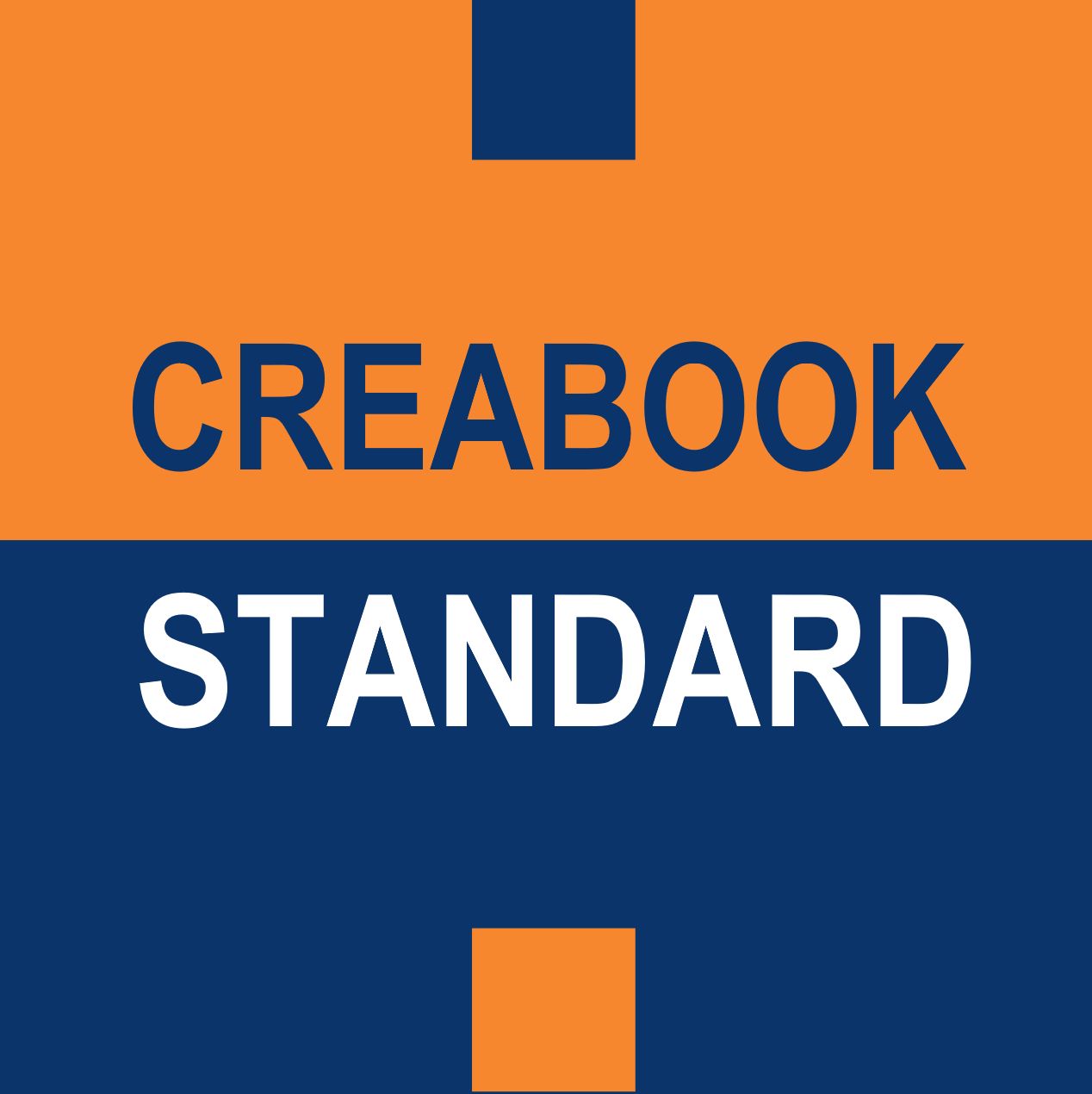The glossary is a tool that you will gradually populate as you progress. It will allow your readers to quickly find the definitions of complex terms used in your CreaBOOK, sorted in alphabetical order. You may include original cDiscover the 5 steps leading to the unicorn status:Consult the lexicon of terms used in the reference example (CreaCORN):oncepts specific to the author.
In our reference example, Alain Souloumiac chose to begin his glossary with a definition of the steps leading to the status of a unicorn. Then, he added a lexicon of key terms used in his CreaBOOK, classified in alphabetical order.
Discover the 5 steps leading to the unicorn status
A. Definition of Phases
Ideation Phase: The initial phase during which the creator or creators of the startup draft and timestamp a CreaBOOK.
Foundation Phase: The second phase in which the creator or creators of the startup assemble a team of co-founders to build the necessary tools for the company’s launch. This phase concludes with the update of the CreaBOOK, its registration in the Global Register of Creations, and its conformity certification by the World Creators Society (WcS).
Seedling Phase: The third developmental phase in which the startup demonstrates the technical and commercial feasibility of its ecosystem. This phase concludes with the update of the CreaBOOK, its registration in the Global Register of Creations, and its economic value certification issued by WcS.
Scaling Phase: The fourth developmental phase during which the startup expands its activities. This phase concludes with the update of the CreaBOOK, its registration in the Global Register of Creations, and the certification of the originality of the creation issued by WcS.
Expansion Phase: The fifth phase during which the startup increases the share of its products and services in the global market through the Responsible Authenticity Marking issued by WcS.
Remark: The valuation base of creaSHARE I is different from that of creaSHARE II. The former is based on the Share Multiplier determined after the Ideation stage, while the latter uses the Share Multiplier fixed after the Foundation stage. An example of implementing this Multiplier is provided in the CreaBOOK CreaCORN.
Consult the lexicon of terms used in the reference example (CreaCORN)
B. Definition of Concepts
Annexes: Potentially encrypted supporting documents referenced in footnotes within the CreaBOOK.
Authentic: An original product or service whose origin is verified.
Conformity: Assessment conducted by an expert accredited by WcS to certify that a CreaBOOK meets the conformity requirements of the Creafree Standard.
CreaBOOK: A declaration describing and asserting ownership of a creation in the form of a document according to the Creafree Standard.
Creation: An original work of the human intellect.
Creator: A human being producing a creation.
Design: Industrial aesthetics applied to the pursuit of forms suited to their function.
NFT: Non-Fungible Token representing ownership of the CreaBOOK.
Originality: Evaluation carried out by a panel of globally accredited experts to certify a creation as meeting the originality requirements of the CreaFREE Standard.
Progress: Production that enhances the quality of life without compromising environmental integrity.
Pyramid of Multipliers: A mathematical formula for calculating the value of a startup’s equity share based on the degree of development of its intellectual property.
Research & Development (R&D): Activity aimed at creating one or more innovations.
Standard: A private norm defining a process or activity according to best practices.
CreaCORN: Standard that paves the way for startups to reach unicorn status.
Value: Assessment conducted by an accredited expert to certify the economic valuation of a creation as meeting the requirements of the CreaFREE Standard.
WcS: World Creators Society.

To Do:
As you progress, we encourage you to enrich your glossary by adding definitions of terms that may pose difficulties for your readers to understand. This will improve the flow of their reading and make the content more accessible to them.
